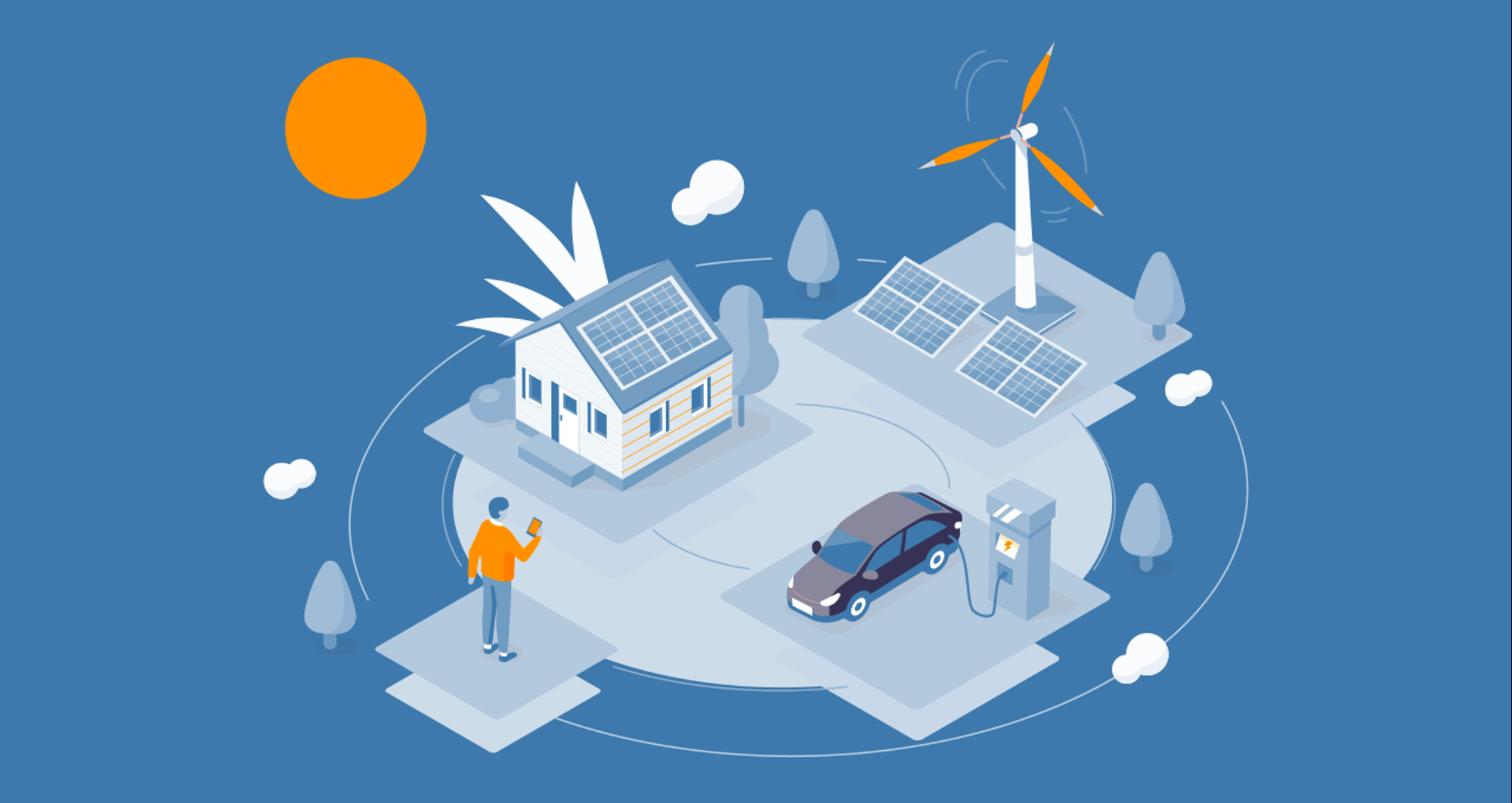What do London, Singapore, Amsterdam, Berlin and Copenhagen have in common? They’re all among the world’s smartest cities. These forward-looking urban centres might not have flying cars or robots that serve you coffee in bed, but they do boast a host of innovative technologies for producing, consuming and saving energy, thus improving their residents’ quality of life. Read on to learn more about it.

What exactly is a smart city?
A smart city can be defined as a framework that uses information and communication technologies (ICT) to develop, deploy and promote sustainable development practices as a means of addressing the growing challenges of urbanization.
Still a bit vague? Let’s look at it from a different angle. Populations are increasingly concentrated in urban areas. According to the UN, 68% of the world’s population is expected to live in cities by 2050. The result is an ever-rising demand for energy; however, our capacity to produce it is limited. The energy produced must therefore be more wisely used. Smart cities are focusing in particular on the “Internet of Things” as a means of achieving this. With wireless technology, various connected devices can transmit data to cloud-based apps for real-time analysis, helping cities, businesses and individuals make choices that will optimize their energy use and simplify their lives. Less expensive and more sustainable!
Greener cities: more enjoyable places to live
Smart cities tangibly improve many aspects of urban life. A McKinsey survey showed that smart technologies improve certain key quality-of-life indicators by 10 to 30%—particularly in terms of transit, mobility, health and safety.
Fewer traffic jams, cleaner air
In some cities, public transport frequency and routes are controlled in response to real-time demand, while adaptive traffic lights help reduce congestion—and pollution. Such tactics have helped the Chinese city of Hangzhou reduce traffic jams by 15%.
Efficient even with garbage
Gone are the days of collecting overflowing or half-full municipal garbage containers: sensors on the bins make trash collection more efficient, scheduling pickup before the bins can spill onto the sidewalks and helping keep city streets cleaner.
Nothing is lost, everything is transferred
Energy produced locally is consumed locally. Some smart cities have rolled out Vehicle-to-Grid (V2G) projects. A partnership between automakers and power suppliers has enabled electric vehicles to be integrated into the grid when not in use. Unused vehicle energy can therefore be reinjected into the home network.
This latest innovation is a great example of how we can collectively do more with less. “This is because artificial intelligence will better control power use, while the virtual power plant will turn each home, building and electric vehicle into the power generators of tomorrow,” said Sébastien Fournier, President and CEO of Hilo.
What about smart homes?
They too have a role to play in creating greener cities, provinces and countries. For example, thanks to optimized residential energy efficiency with Hilo, Hydro-Québec can export more electricity while limiting winter imports from neighbouring markets of energy that’s generated from more polluting sources like coal. What’s more, if each homeowner equips their home with a self-sufficient energy management and production system (like the smart electric vehicles mentioned earlier), unused energy in the neighbourhood or city could serve to power transportation and, on a broader scale, reduce greenhouse gases and accelerate the energy transition.
